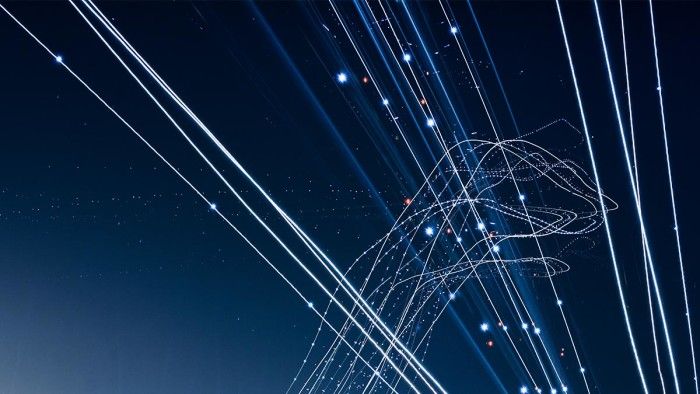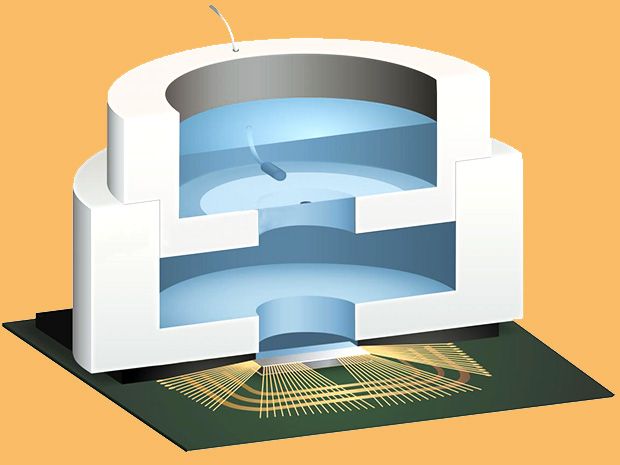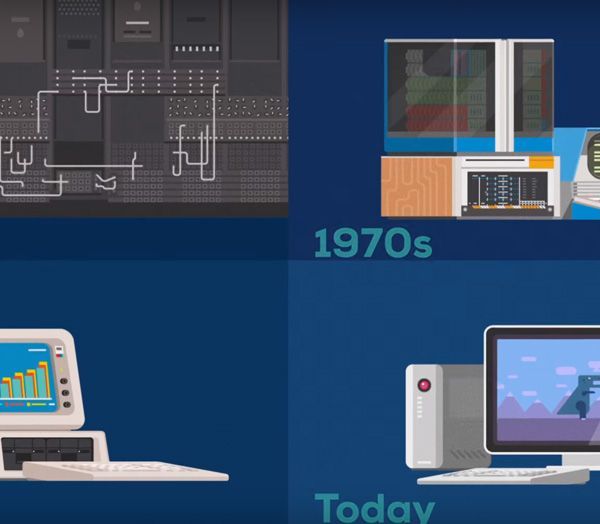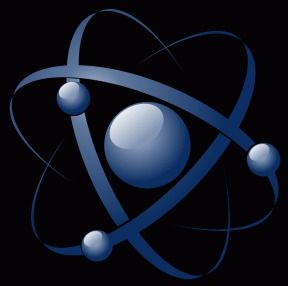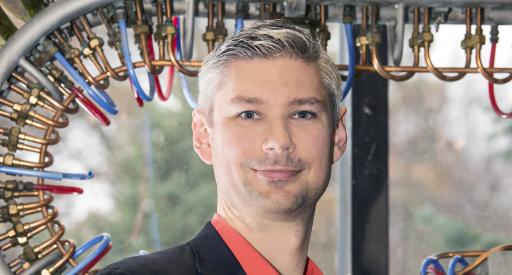
Glucosepane is one of the most significant mechanisms of aging and yet very few people are working on it!
As we age skin and blood vessels lose their elasticity. People care too much about the skin and too little about the blood vessels, but that is always the way of it. Appearance first and substance later, if at all. Yet you can live inside an aged skin; beyond the raised risk of skin cancer its damaged state arguably only makes life less pleasant, and the present state of medical science can ensure that the numerous age-related dermatological dysfunctions can be kept to a state of minor inconvenience. Loss of blood vessel elasticity, on the other hand, will steadily destroy your health and then kill you. Arterial stiffening causes remodeling of the cardiovascular system and hypertension. The biological systems that regulate blood pressure become dysfunctional as blood vessels depart from ideal youthful behavior, creating a downward spiral of increasing blood pressure and reactions to that increase. Small blood vessels fail under the strain in ever larger numbers, damaging surrounding tissue. In the brain this damage contributes to age-related cognitive decline by creating countless tiny, unnoticed strokes. Ultimately this process leads to dementia. More important parts of the cardiovascular system are likely to fail first, however, perhaps causing a stroke, or a heart attack, or the slower decline of congestive heart failure.
From what is known today, it is reasonable to propose that the two main culprits driving loss of tissue elasticity are sugary cross-links generated as a byproduct of the normal operation of cellular metabolism and growing numbers of senescent cells. Elasticity is a property of the extracellular matrix, an intricate structure of collagens and other proteins created by cells. Different arrangements of these molecules produce very different structures, ranging from load-bearing tissues such as bone and cartilage to elastic tissues such as skin and blood vessel walls. Disrupting the arrangement and interaction of molecules in the extracellular matrix also disrupts its properties. Persistent cross-links achieve this by linking proteins together and restricting their normal range of motion. Senescent cells, on the other hand, secrete a range of proteins capable of breaking down or remodeling portions of the surrounding extracellular matrix, and altering the behavior of nearby cells for the worse.
Continue reading “Scores of Labs Should be Gearing Up to Work on Glucosepane Cross-Link Breakers, But Are They?” »


